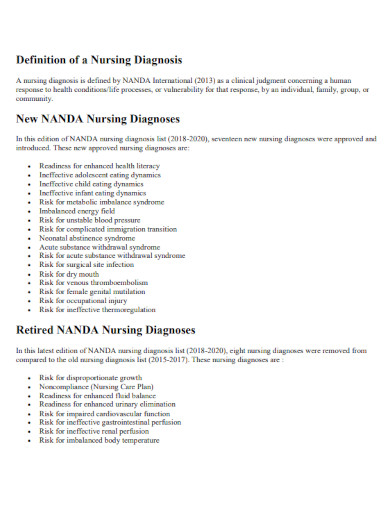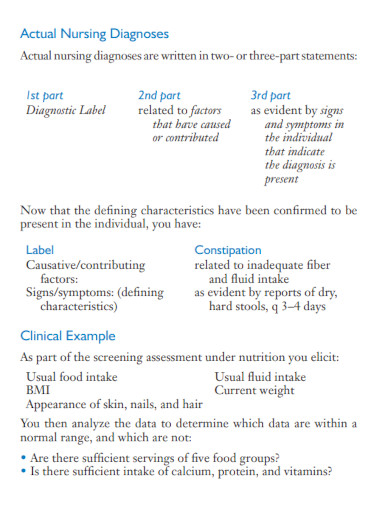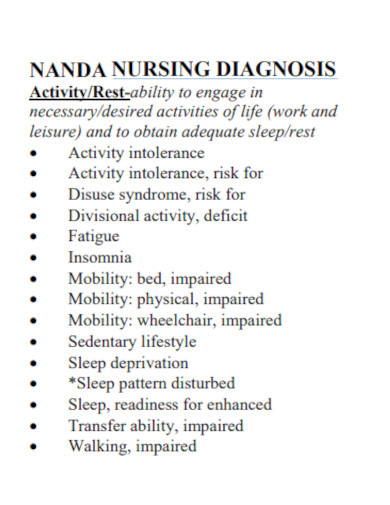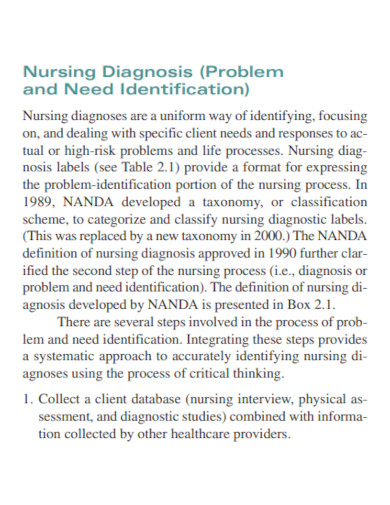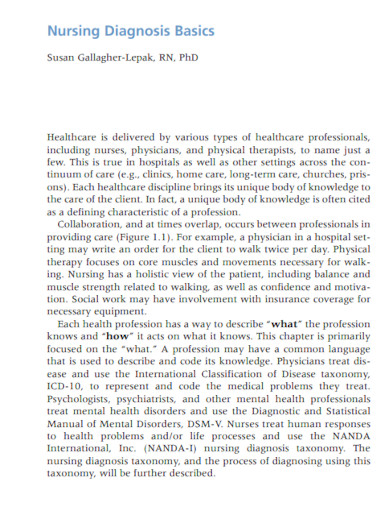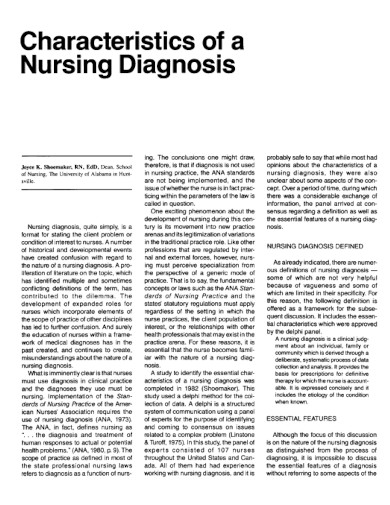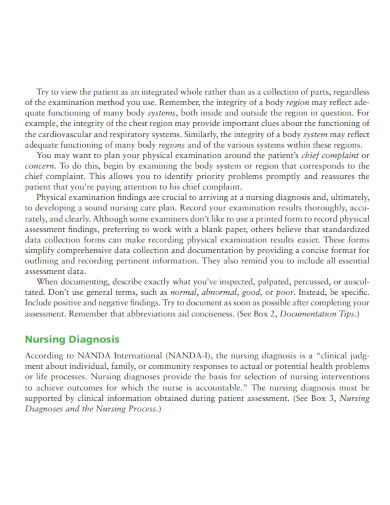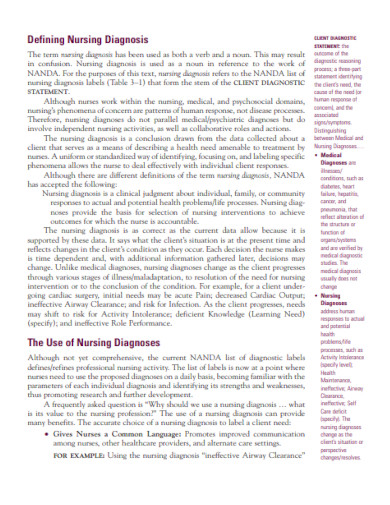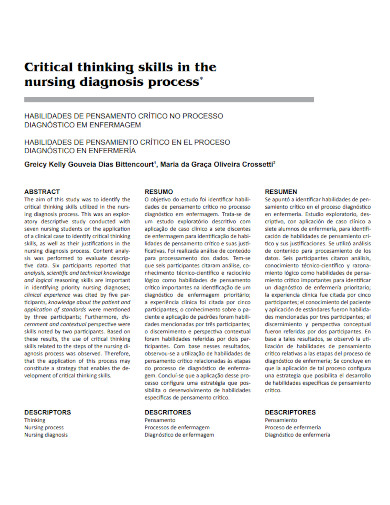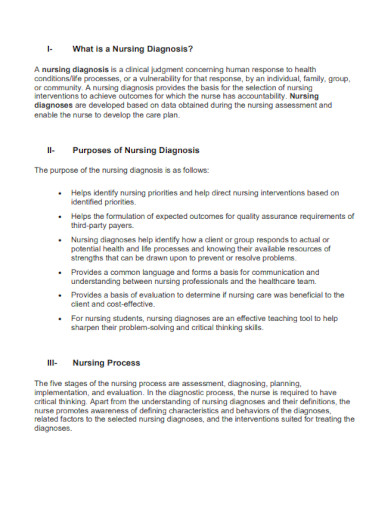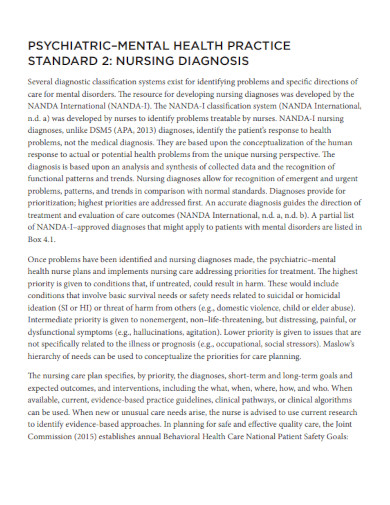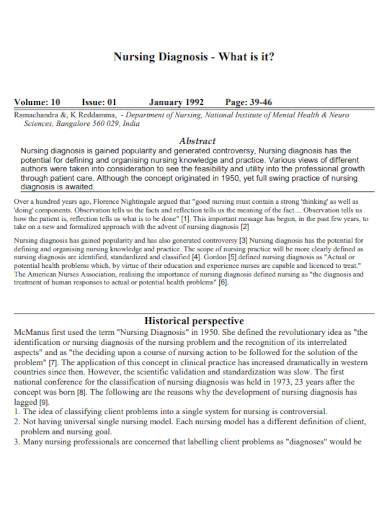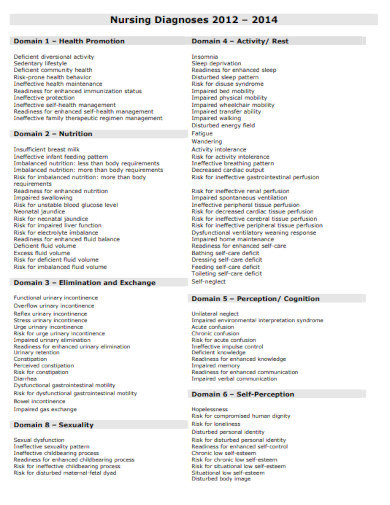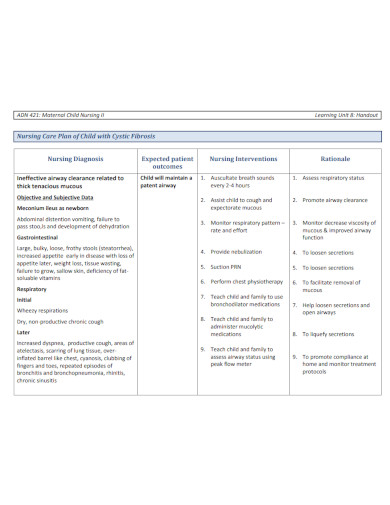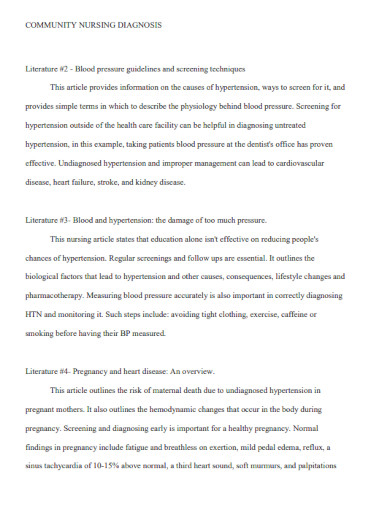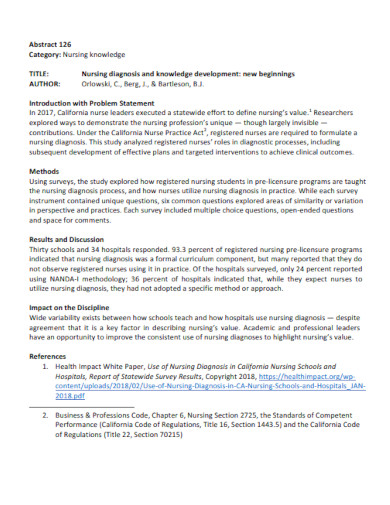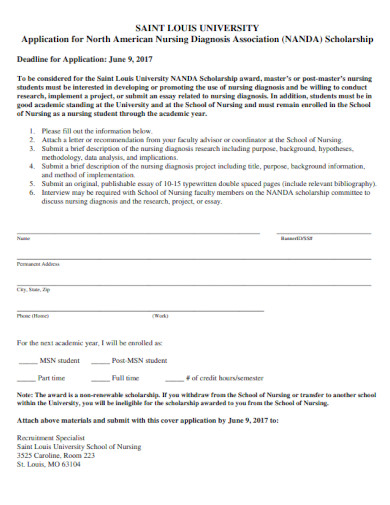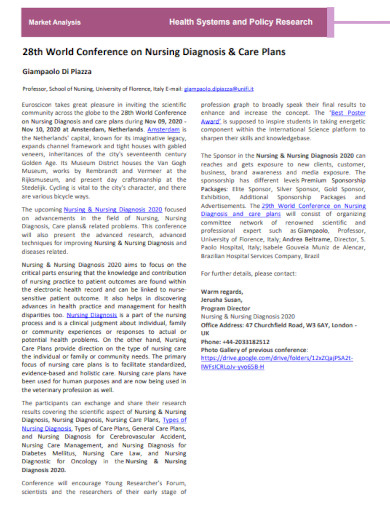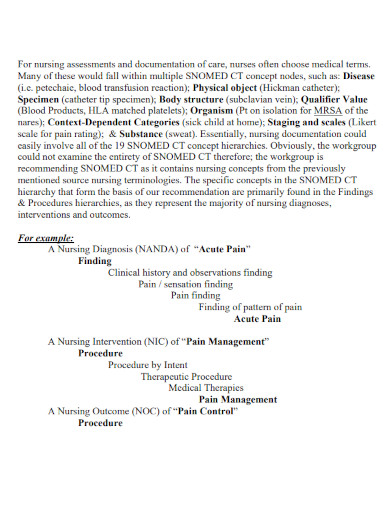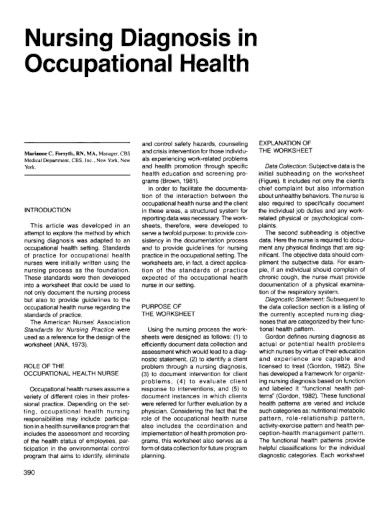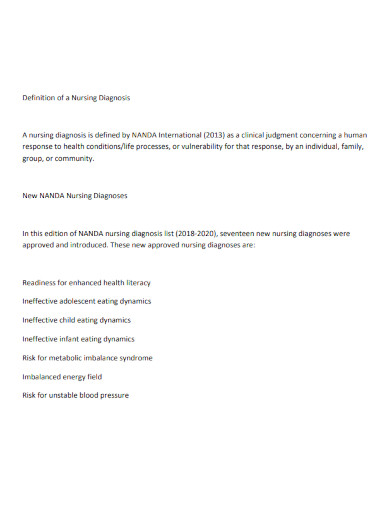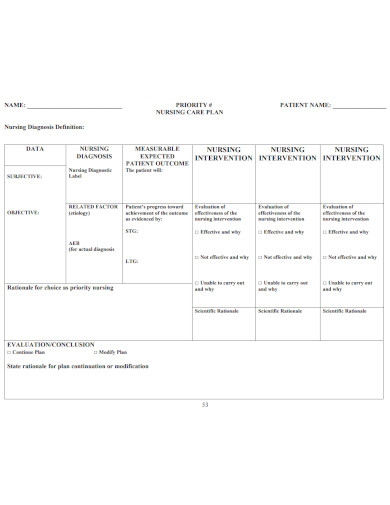24+ Nursing Diagnosis Examples to Download
When a patient is admitted to the hospital, there is a process that includes the assessment, planning, implementation, and evaluation of a patient. This process involves reaching a nursing diagnosis to help ensure that the patient is given the appropriate interventions and treatment to help them recover.
1. Nursing Diagnosis
2. Actual Nursing Diagnosis
3. Nanda Nursing Diagnosis
4. Nursing Diagnosis Sample
5. Nursing Diagnosis Basics
6. Characteristics of a Nursing Diagnosis
7. Simple Nursing Diagnosis
8. 8th Edition Nursing Diagnosis
9. Best Nursing Diagnosis
10. Defining Nursing Diagnosis
11. Nursing Diagnosis Process
12. Development of Nursing Diagnosis
13. Whats Nursing Diagnosis
14. General Nursing Diagnosis
15. Nursing Diagnosis in PDF
16. Standard Nursing Diagnosis
17. Nursing Diagnosis Plan
18. Community Nursing Diagnosis
19. Nursing Diagnosis and Knowledge Development
20. Application for Nursing Diagnosis Scholarship
21. Nursing Diagnosis and Care Plans
22. Example of Nursing Diagnosis
23. Nursing Diagnosis in Occupational Health
24. Printable Nursing Diagnosis
25. Nursing Diagnosis Worksheet
What Is a Nursing Diagnosis?
A nursing diagnosis is a technique that will holistically assess the patient’s current predicament. The nursing diagnosis will allow the presiding doctors and nurses to know what call to action they will need to take. If you are looking for nursing diagnosis examples, nursing diagnosis samples, and nursing diagnosis PDFs.
How to Write a Nursing Diagnosis
A well-written nursing diagnosis increases the chance of a successful recovery of the patient. A NANDA nursing diagnosis is made using the PES or Problem Etiology Symptoms method. Think of the nursing diagnosis as a mini case study with survey questions.
1.) Discern the Type of Nursing Diagnosis
Begin by selecting the type of nursing diagnosis you will use. This will decide the number of statements you will need to write on the nursing diagnosis, the specific theme, outline, and tone of the whole diagnosis.
2.) Write the Problem or Diagnostic Label
After deciding what type of nursing diagnosis you want to make, you must begin by writing the problem or the diagnostic label of the nursing diagnosis. This should be the problem the patient is currently facing, which you will discern through observation.
3.) If Using a Two-Part Statement, Write the Etiology
If the nursing diagnosis requires a two-part statement, you must write the etiology which comes after the problem or diagnostic label. This part is concerned with the factors that are related to the problem indicated in the nursing diagnosis.
4.) If Using a Three-Part Statement, Write the Symptoms
If the nursing diagnosis uses a three-part statement, you will need to write the symptoms that will provide evidence for the Etiology and problem. This should be written as accurately as possible as this will provide backing for the whole nursing diagnosis.
FAQs
What is NANDA?
NANDA (referred to as North American Nursing Diagnosis Association in 2002) International, Inc. is a foundation that has set the current standard for all nursing diagnoses. Like the American Psychological Association (APA) style of paper and APA format, NANDA-I makes sure all nursing diagnoses have a high floor in their quality ensuring that even the minimum quality of the nursing diagnoses is good enough to help out the patient.
How does NANDA affect nursing diagnosis?
NANDA-I has set the golden standard for all the nursing diagnoses made in the future. This means that nursing diagnoses will be comprehensive, detail-oriented, and will be written as accurately as possible. Not only that, but NANDA-I also ensures that the nursing interventions used will be tailored to the results of the nursing diagnoses similar to that of the scientific method.
Why are nursing diagnoses important?
Nursing diagnoses are important because they act as the middleman between the patient and the nursing intervention they will obtain when the patient is admitted. This holistic approach is done by the presiding nurse on the patient and will include a specific diagnosis and the intervention that should accompany said diagnosis.
The best nursing diagnosis is an important document made by the presiding nurse. This nursing diagnosis will contain accurate information that will relate to the current condition of the patient. If done correctly, it could lead to an accurate nursing intervention to increase the patient’s recovery chance.


